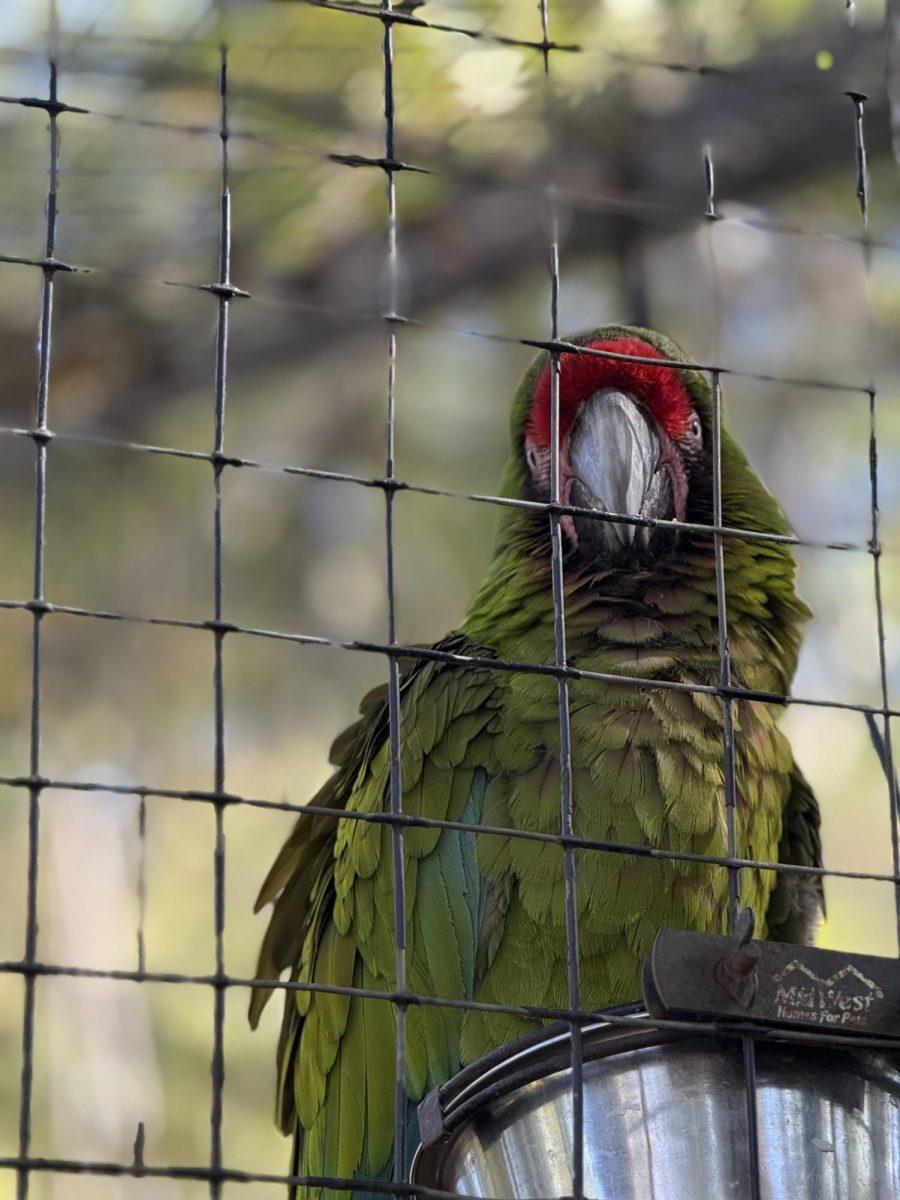Instead of taking time with the characters in M. Night Shyamalan’s “Avatar: The Last Airbender” (as the entertaining cartoon series does), we must listen to characters recite banal dialogue belonging in one of two categories: directional (“Aang, we must go”) or expositional (“Sokka, I will treasure the last few weeks we have been with each other.”)
Keep your jaw tight when it fits both: “We should go. The Avatar is still on the move,” or this gut-buster, “Aang, we should go to the Northern water tribes so they may teach you and stop in the smaller villages on the way to begin the rebellion.”
Claims regarding Shyamalan’s casting choices as racist don’t seem outrageous, and I should like to give Shyamalan the benefit of a doubt, but the casting of both poorly performing and white actors in a largely Asian world makes the issue more noticeable.
Its not believable to see the Southern water tribe resembling an Inuit community and for the only speaking roles in it reserved only for a white young girl, young man (paleface Jackson Rathbone of “Twilight”) and their white granny. This pattern continues throughout, except for a few speaking roles that qualify as non-white and villainous.
Shyamalan has been quoted as taking full credit for the casting choices and it shows how little he regards the audience’s intelligence – if he trusted them, then he should have reproduced the world of Avatar without adding casting distractions to comfort his target audience.


